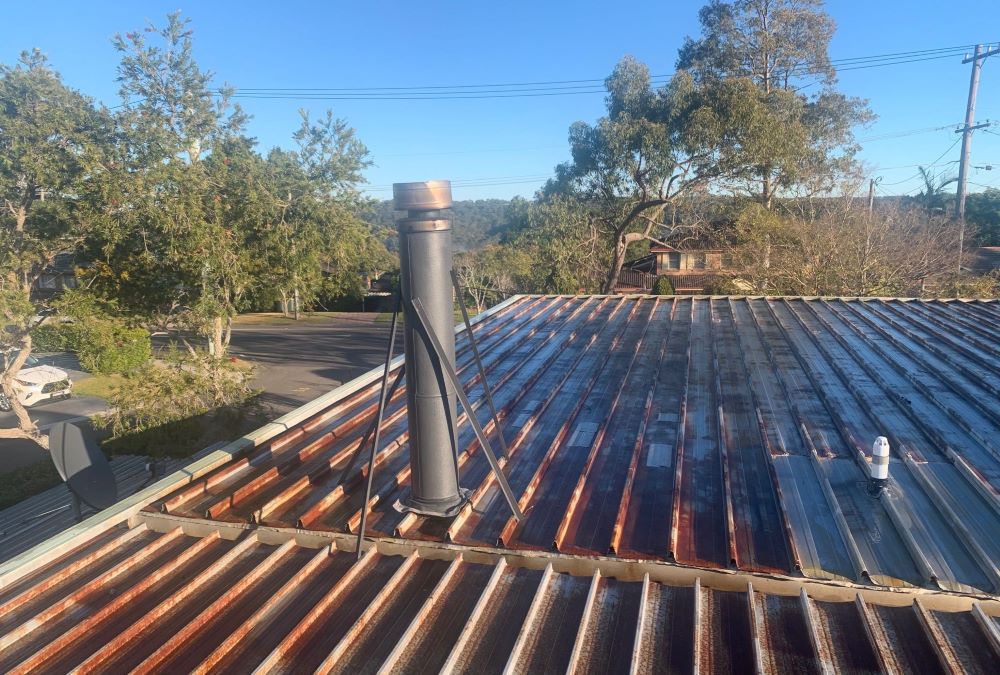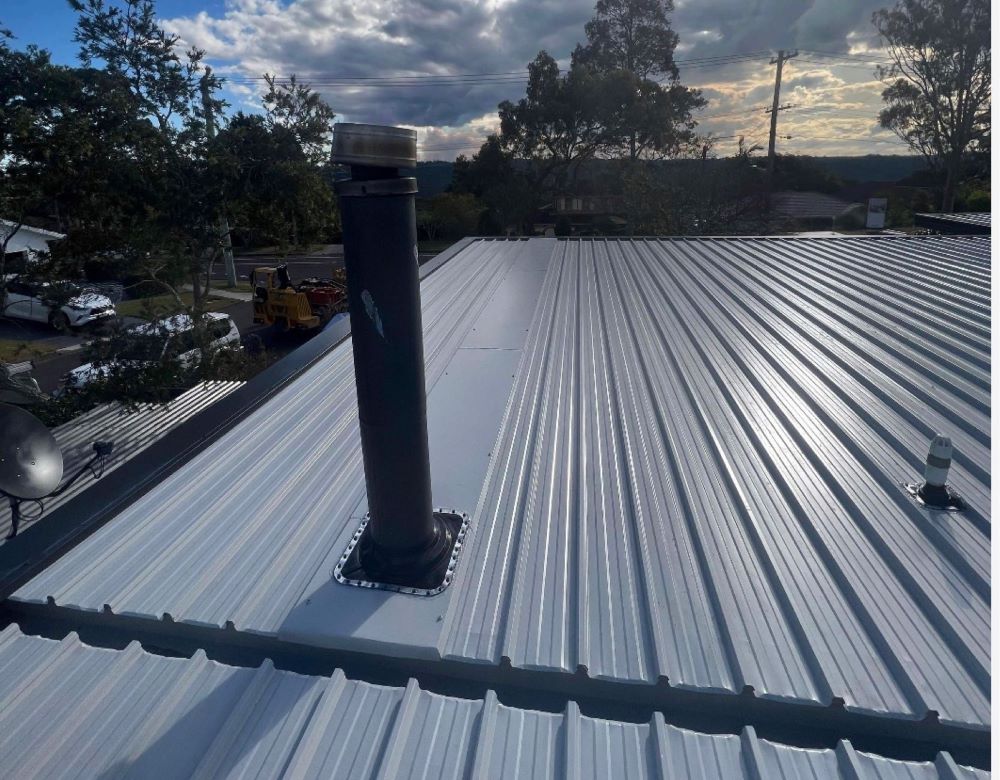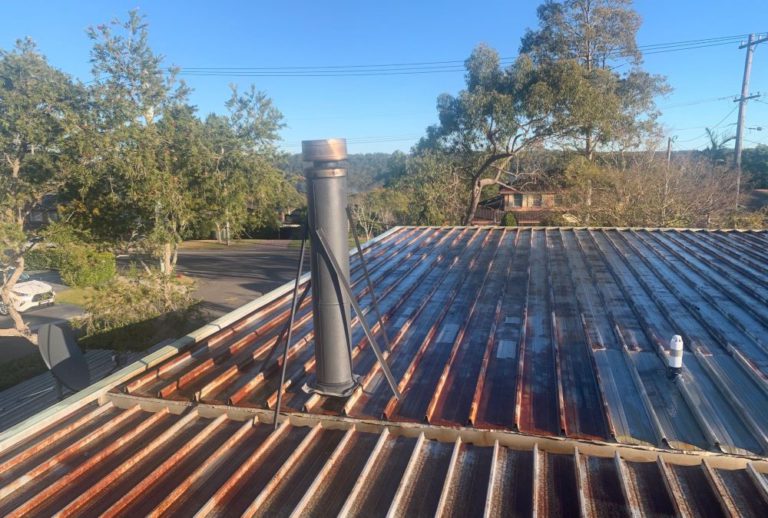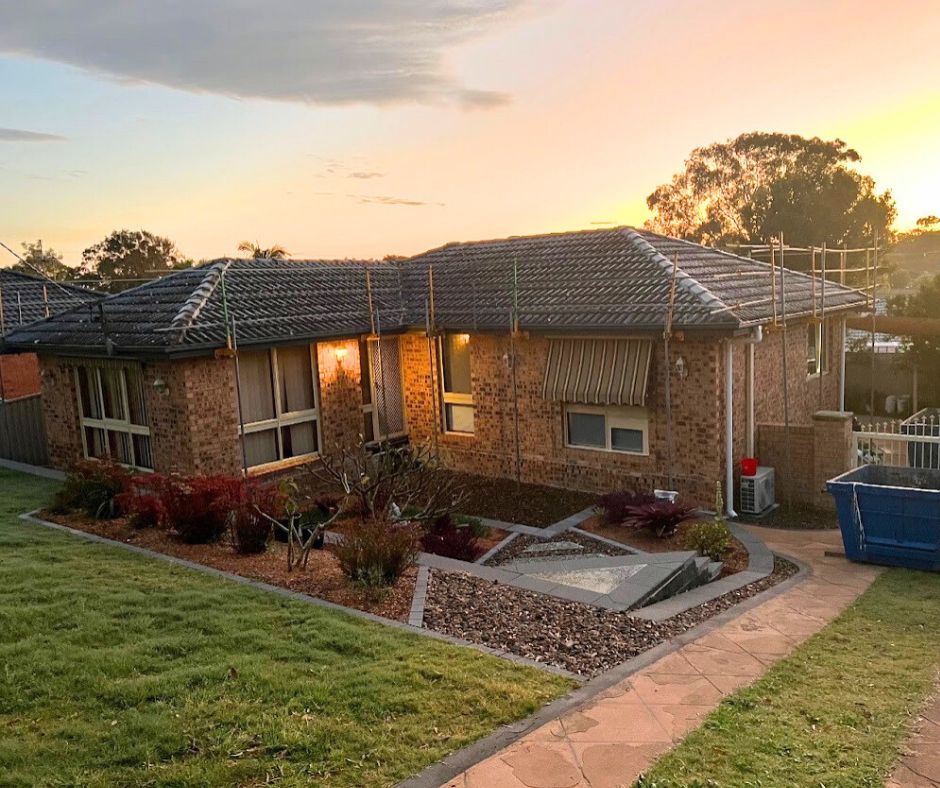Your Trusted Roofing Specialists in Central Coast NSW – AWS Roofing
Recognizing the Right Time for a Comprehensive Roof Replacement Over Temporary Fixes
Choosing to undertake a full roof replacement is essential when your roofing system exceeds 20 years of age, shows signs of multiple leaks, displays significant sagging, or reveals any major structural concerns. Regular repairs coupled with visible damage are clear indicators that your roof has reached its functional lifespan. In such cases, opting for a complete replacement not only makes practical sense but can also save you money over time by preventing further issues.
Recognizing Key Signs Indicating the Need for a Roof Replacement:
- Persistent or widespread leaks impacting large areas of your residence.
- Clear sagging in the roofline or visible daylight seeping through roofing materials.
- Cracked, broken, or missing roofing tiles or sheets.
- Visible rust on flashings or noticeable deterioration of the ridge caps.
- Repair expenses that continually exceed the cost of a full replacement.

Making Smart Choices: Deciding Between Roof Repair and Full Replacement
Many homeowners find themselves pondering the question: “Should I go for roof repairs or is it time to consider a complete replacement?” The answer is dependent on a variety of factors such as the age of your roof, the severity of existing damage, the specific roofing materials that are currently in place, and your long-term intentions for the property. By conducting a thorough analysis of these aspects, you will equip yourself to make a well-informed decision that is in harmony with your financial situation and overall home maintenance strategy.
Determining When Roof Repairs Are the Best Solution
Roof repairs are often the best option when the damage is localized or primarily cosmetic. Situations that justify opting for repairs include:
- Minor leaks or unsightly water stains appearing on the ceiling.
- A few cracked or dislodged tiles that can be easily replaced to restore functionality.
- Localized storm damage affecting only a specific area of the roof.
- Issues with flashing or blocked drainage valleys that can be resolved quickly.
- Problems with gutters separating or overflowing due to blockages.
For roofs that are still relatively young—under 15 years for tiles and under 20 years for Colorbond®—and generally in good shape, targeted repairs often represent the most financially prudent choice for homeowners looking to maintain their property.
Benefits of Choosing Roof Repairs Over Replacement
- Lower initial costs compared to a comprehensive replacement.
- Minimal disruption to your daily routine during repairs.
- Extends the lifespan of your existing roofing system.
- Ideal for homeowners seeking short-term fixes or those operating within budget constraints.
Identifying Critical Conditions That Necessitate Full Roof Replacement
A full roof replacement becomes a more beneficial option when your roof displays the following characteristics:
- Exceeds 20 to 30 years in age and demonstrates considerable deterioration.
- Shows extensive sagging, warping, or delamination of the tiles.
- Requires frequent repairs and patch jobs that become increasingly burdensome.
- Experiences leaks in multiple areas or during each rain event.
- Does not meet current building codes or modern storm-resistance standards.
If you intend to remain in your home for the foreseeable future, investing in a new roof can be a sound financial decision—enhancing energy efficiency, increasing property value, and eliminating ongoing repair costs.

Crucial Signs That Indicate It’s Time for a Complete Roof Replacement
- Visible daylight shining through the roofing materials.
- Pooling water collecting in ceilings or cavities.
- Multiple broken ridge caps or deterioration of mortar.
- Presence of rust patches on metal roofing or flashing materials.
- Observable structural movement or wood rot beneath the eaves.
Evaluating Costs: Comparing Repair Expenses to Replacement Costs
While roof repairs typically involve lower upfront costs, they can add up considerably if issues are persistent. In contrast, a complete roof replacement may require a larger initial investment, but over a span of 10 to 15 years, it often provides greater value and peace of mind, especially if you select durable materials like Colorbond® steel that are engineered for longevity.
Essential Factors Affecting the Cost of Roof Replacement
- Overall size and pitch of your roofing structure.
- Choice of materials (such as tile, metal, Colorbond®, etc.) for the new roof.
- Extent of current damage or the need for re-battening.
- Expenses related to the removal and disposal of old roofing materials.
Understanding How Local Weather Conditions Impact Your Roof: Insights for Central Coast Residents
Living in the Central Coast means your roof faces extreme sunlight, coastal salt air, and seasonal storms. These environmental factors can significantly shorten the lifespan of older roofing materials, particularly if your roof lacks adequate sealing, ventilation, or protective eave measures.
In many scenarios, a thorough roof restoration or replacement can offer superior protection for your home, ultimately reducing long-term expenses associated with storm damage and leaks.
Need Professional Guidance for Your Roofing Needs?
At AWS Roofing, we offer comprehensive roof inspections designed to help you navigate your options efficiently. Our expert team will evaluate whether your roof can be repaired or if it’s time for a replacement, providing clear, transparent recommendations tailored to your unique needs and budget.
Whether you require a quick repair or a full new roof installation, our dedicated team is committed to delivering durable, high-quality results that you can count on for years to come.
Book your free roof assessment today and take the first step toward achieving a secure and reliable roofing solution →
Your Roofing Questions Addressed: Frequently Asked Questions
Q1: How can I determine if my roof needs to be replaced instead of just repaired?
If your roof is older than 20 to 30 years, shows leaks in various locations, or exhibits signs of sagging, rust, or structural decline, it is often more cost-effective to replace it than to continue performing repairs.
Q2: Is repairing a roof generally less expensive than a complete replacement?
Repairs usually involve lower upfront costs. However, if your roof requires frequent maintenance or is nearing the end of its lifespan, opting for a replacement can provide better long-term value and reduce ongoing costs.
Roof Repair vs Replacement: When Is It Time to Replace Your Roof?
The Article: Roof Repair vs Replacement: Know When to Replace Your Roof first appeared on https://writebuff.com
The Article Roof Repair vs Replacement: When to Choose a New Roof Was Found On https://limitsofstrategy.com
References:
https://limitsofstrategy.com/roof-repair-vs-replacement-when-to-choose-a-new-roof/






